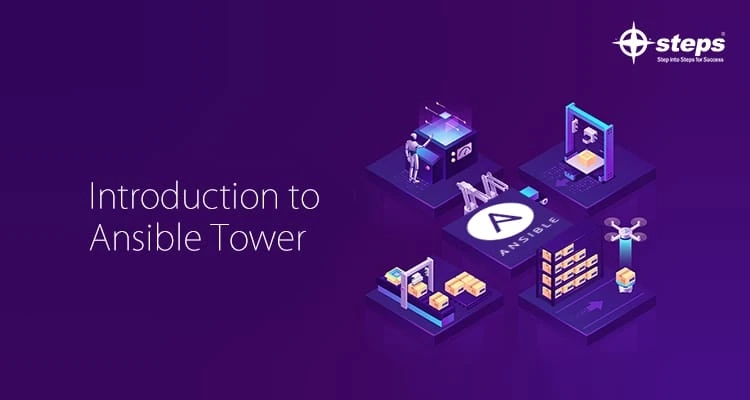Ansible is a relatively young configuration management tool and orchestration engine created and launched in 2012. (previously called AnsibleWorks).
The key distinction between Ansible and the other big boys in the CM market is that it does not use a master-and-minions structure, unlike numerous other CM programmes.
Ansible Tower is a web-based management interface for Ansible. An easy-to-use UI for managing rapid deployments and monitoring one’s setups was one of the top features on Ansible users’ wishlist. In response, Ansible management devised Ansible Tower.
One of the most common complaints from Ansible users is that it lacks a suitable graphical user interface. To put it gently, the GUI was so terrible that it wasn’t even properly synced with the CLI in the early days, meaning the CLI and GUI could give you two different query returns regarding the condition of a given node.
This was a particularly crucial issue since a strong user interface allows new and occasional users to become comfortable with an application before digging into the complexities of the CLI and playbook authoring. Because Ansible was (and still is) a relatively new tool, the majority of its users were, by definition, newbies.
[caption class="snax-figure" align="aligncenter" width="1140"][/caption] Ansible Tower
Some of the important features of Ansible Tower are listed below
1. YOUR ANSIBLE DASHBOARD:
The Ansible Tower dashboard displays everything going on in your Ansible setup in a heads-up NOC-style view.
2. REAL-TIME JOB STATUS UPDATES:
Playbook runs are streamed in real time within Ansible Tower. As Ansible automates your infrastructure, you’ll see completed plays and tasks broken down by machine, as well as each success or failure with output. View the current state of your automation and what’s next in the queue with ease.
3. MULTI-PLAYBOOK WORKFLOWS:
With Ansible Tower’s easy workflow editor, you can model complex processes quickly and easily. Regardless of whether they use separate inventories, operate as different users, run at the same time, or use different credentials, Ansible Tower workflows can chain any number of playbooks, updates, and other workflows.
4. SCALE CAPACITY WITH TOWER CLUSTERS:
Ansible Tower clusters are made up of many Ansible Tower nodes. It provides redundancy and capacity, allowing you to extend automation across your infrastructure, even with reserved capacity for specific teams and jobs and remote execution for network zone access.
5. INTEGRATED NOTIFICATIONS:
Integrated notifications keep you up to date on the status of your automation. Notify a person or team when a job is completed successfully, or escalate when a job is completed unsuccessfully. Send notifications to everyone in your company at once, or tailor them per work.
6. SCHEDULE ANSIBLE JOBS:
Inside Ansible Tower, you can schedule playbook runs, cloud inventory changes, and source control updates to run now, later, or forever.
If you need to make your career life easier or if you’re interested in becoming a DevOps professional, RHCE Ansible training in Kochi is a good place to start. The best teachings and talents come from the best solutions’ courses. As a result, prepare for the future with Ansible training in Kochi alongside with the experts to guide you in track.


